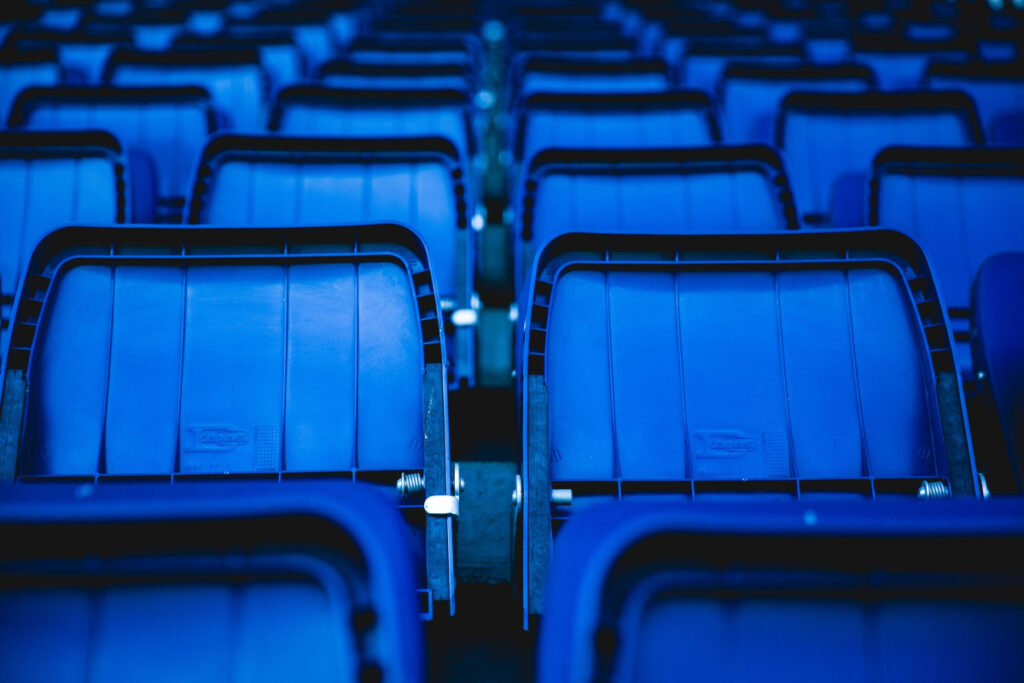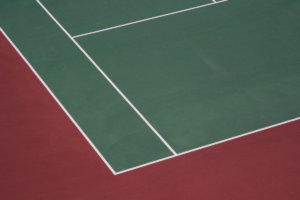What does a return to sports look like?
posted on: April 28, 2020
author: Brian Lomax, Ed.D.

Depending on your location, your ability to train and compete has been restricted for up to eight weeks or more. And, you’re probably tired of the situation. I think we are all starting to feel quarantine fatigue. It’s no longer novel. Is there an end in sight? Hopefully. Because as athletes and coaches, we want to return to sports.
Be Prepared
Given the uncertainty of what is happening with Covid-19, it is prudent for us to prepare for what might come next in the return to sports. Over the last year or so, Senator Elizabeth Warren’s line of “I have a plan for that” demonstrated the depth of her thought on a number of topics. In similar fashion, we need to demonstrate a similar level of thinking in preparation for the months ahead.
In this post, I want to review some potential scenarios that could come to fruition so that we are mentally prepared to deal with them. Admittedly, they’re pessimistic. And to be clear, this list of possible scenarios is not exhaustive, but it is presented here to prompt you to begin thinking of what’s next in the return to sports.
A note of caution: If you believe that everything is simply going to go back to normal in a few weeks time, you may be exhibiting the human tendency for over-optimism in such crises. While that could happen, don’t expect it. Being prepared for negative scenarios helps us to accept them (“I knew that could happen”) and have answers for them (“I have a plan for that”).
Coaches and athletes need to have plans for all of these scenarios and more. In planning your response to each, it’s important to distinguish between what you can and cannot control.
Scenario 1: A return to play/practice is not imminent
 The timeframe for states opening up will vary based on a number of factors. Your state may not be an early adopter. Are you mentally prepared to remain home for another month? You need to be ready for that possibility, even if the likelihood seems low.
The timeframe for states opening up will vary based on a number of factors. Your state may not be an early adopter. Are you mentally prepared to remain home for another month? You need to be ready for that possibility, even if the likelihood seems low.
Regardless of when things open up again, social distancing measures are going to be in place for another few months at least. That means it will be nearly impossible for team sports to fully practice. Coaches can figure out workarounds for that, but it will take planning so that players maintain a safe distance.
Additionally, should athletes and coaches wear masks? Probably. National sport associations will make recommendations on social distancing and the wearing of masks. Athletes and coaches should be prepared for how to train and run practices in such an environment.
Individual sports may have an easier time returning to practice as physical interaction is not as integral as in team sports. Plan out what these practices entail, and follow the guidelines of your sport association.
Scenario 2: We can train again, but there are no games/competitions
This scenario builds on the first one. We are back to practicing and training in some form, but the risk of returning to full-out competition is too high. Without functioning tests for anti-bodies or a vaccine, how will we know it’s safe to relax social distancing rules for competitive play? I believe this is especially problematic for contact sports, and is one of the reasons that I am skeptical that we will have football this Fall.
So are you ready to have no games or competitions for an extended period of time? This scenario is particularly difficult for high school sophomores and juniors who want to play college sports. The shutdown is having a major impact on the recruiting process, and there are many unknowns for these athletes (and coaches). This can lead to a lot of stress and anxiety for those in this situation.
Furthermore, maintaining motivation may also be difficult in this scenario. It’s hard to practice all the time with no games to play. What can you do to keep your motivation high?
Scenario 3: A return to play is followed by another shutdown
This is an unpleasant scenario to consider, but it has some historical precedent. The “Spanish flu” pandemic of 1918 had a second wave that was actually deadlier than the first. This is one reason why social distancing measures will likely be in place for a significant period of time. We want to prevent a deadly second wave.
However, if these measures are ignored, or other unforeseen circumstances occur, we could be in for a second wave of Covid-19 that results in another shutdown. If you have a plan for this possibility, you will accept the situation better.
College Sport Scenarios
I work with a lot of college teams and athletes, and frankly I’m worried about them. All the coaches that I know are doing a great job of staying connected with their athletes to help them stay in shape physically, and to support them emotionally.
But there are a lot of things out of the control of coaches at the moment. Because of Covid-19, the NCAA canceled their biggest annual revenue producing event – March Madness. That’s affecting the budgets of all NCAA member institutions, and some schools may be forced to take some drastic actions. I cannot even imagine what will happen to the NCAA if they are not able to stage college football this Fall.

If you are a college athlete or coach, here are some scenarios that I think you should be mentally prepared to deal with:
- Classes are online in the Fall (students may or may not return to campus), no Fall sports
- Social distancing measures are in place on campus, but no Fall sports
- Social distancing measures are in place on campus, and practices are allowed, but no competitions
- Your team/program is cut – budget issues force your school to consider cuts or consolidation
- Everything is back to normal and Fall sports proceed as usual
There are probably several more possible scenarios that I did not list (i.e., travel restrictions for competitions). Consequently, you should think of others so that you are ready for them.
Have a plan
Planning for these scenarios will help you to accept them and respond to them effectively if any one of them occurs. Don’t be caught off-guard. Be prepared for whatever may come next in the return to sports. Preparation and planning leads to success.
If you are a coach or athlete who wants to discuss navigating the return to sports, please email me at brian@performancextra.com.
About the Author
Dr. Brian Lomax founded PerformanceXtra™ in 2009 with a mission of helping athletes achieve their goals and their top performances more consistently through a progression of mental skills that enables them to focus on what is truly important.
Learn more about the author: https://performancextra.com/brian-lomax/


Well done Brian. You articulated what I, and many coaches and athletes, have been trying to process.
I hope you are staying safe and healthy.
Now more than ever, please eat well and take good care~
Julie
Hi Julie,
Great to hear from you. I would love for things to go back to normal as quickly as possible, but they might not. I am glad to hear that you and others are preparing yourselves for what might come. The path back to professional sports is probably more complicated. 🙂
Take care!
Brian